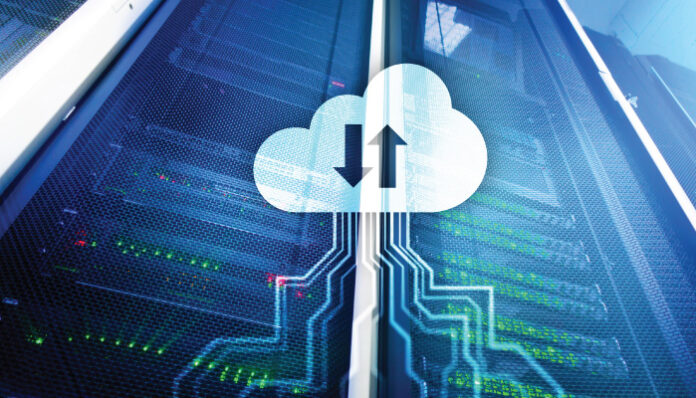The risks of a cloud outage are omnipresent and clear. Along with the cloud, technologies and best practices are also evolving quickly. Building a risk-balanced strategy and developing cloud architectures that allow applications to benefit from the ongoing expansion of the cloud is crucial.
Cloud outages can happen for a number of causes, such as equipment failure, power disruptions brought on by extreme weather, code misconfiguration, and hidden deployment issues. The majority of outages are often limited in scope.
Regardless of the scale, many businesses are shocked to learn that a speedy resolution may not be achievable when a cloud outage does occur. Often, the issue only maybe with the cloud vendor, and customers are left with no alternative but to wait for service restoration.
Depending on how severe the outage is, customers could lose much more than just temporary cloud access. Anything is possible at this point, including customer data leaks and the theft of intellectual property.
Addressing the Damage
In addition to security concerns, cloud outages can lead to a cascade of disruptions that affect both mission-critical applications and everyday business operations.
This may result in problems ranging from lost revenue to more serious consequences, including endangering lives in the case of health care applications.
The severity of a cloud outage depends on a number of variables, including the organization’s readiness, the zone regions involved, and the services impacted. Organizations that create and run their applications in the cloud can often endure a cloud outage with minimal impact if their applications are designed to leverage the automated failover ability that is there in the cloud.
During a vendor outage, modular applications that make use of loosely linked services often only suffer small degradations in availability or performance, if any at all.
Also Read: Top Cloud Data Security Policy Challenges IT Leaders Should Look Out For
Guarding Against Cloud Outages
Changing one’s perspective is necessary to be prepared for a cloud outage. In the past, CIOs have spent a lot of money hardening the infrastructure that supports their applications in an effort to prevent mishaps that could cause an outage.
But in today’s software-defined cloud environment, IT leaders should plan for the eventual failure of their infrastructure. It is, therefore, crucial to building applications that can immediately divert services and traffic around failures to a different zone, cluster, region, or even another cloud service provider to address this eventuality.
One cannot overestimate the significance of identifying and removing any single point of failure, particularly for essential workloads. Applications must be created with complete cross-zone and/or cross-region redundancy in mind.
Conducting a cost-benefit analysis prior to constructing the environment is essential since there is a cost component to take into account when developing a highly available and fully redundant system.
Application diversification among many cloud providers —hybrid or multi-cloud cloud — can significantly lower the chance of suffering a disastrous cloud outage. Companies can use a variety of cloud service providers, including PaaS, IaaS, and SaaS solutions, depending on their specific needs.
Deploying notification and monitoring technology is yet another technique to prevent a catastrophic outage. Once installed, these technologies continuously check the health and state of the cloud environment, automatically notifying IT teams when a problem necessitates quick action.
The majority of cloud service providers offer managed services to carry out such tasks for their clients. For enterprises that would rather not handle such processes internally, there are numerous third-party solutions and services available.
Also Read: How can CIOs effectively approach infrastructure automation?
Cloud Reliability strategy
The reliability of cloud services depends on a well-thought-out approach. Running self-healing platforms is crucial, as is deploying as much automation as one can at the infrastructure and application layers. Recovery will be quick and error-free by doing this.
The maintenance of security during outages must be considered while creating a cloud reliability strategy. To create a structure that is operational, effective, and functional, CIOs and the CISOs should collaborate.
Additionally, businesses should construct a duplicate cloud that can be promptly accessed in the event of an outage and does routine backups. They must regularly test their strategies and constantly prepare for the worst.
AIOps powered by AI is continuing to advance, enabling IT teams to predict and address cloud connectivity issues more quickly and effectively. Organizations can actually attain higher levels of business resilience at a relatively modest cost when combined with automated failover procedures.
For more such updates follow us on Google News ITsecuritywire News









